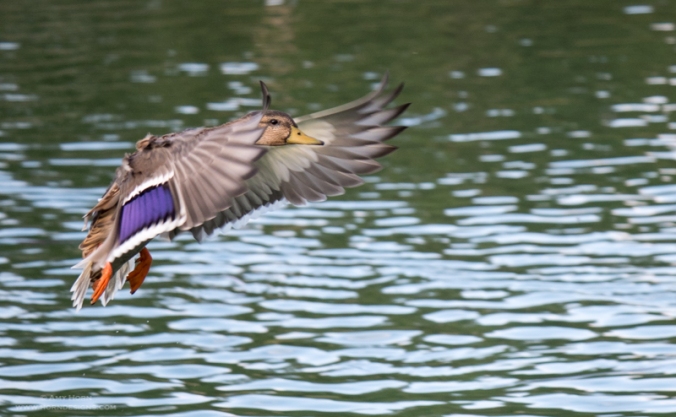By Amy Horn

I have dreams capturing wildlife photos on an African Safari. It’s not in my travel plans yet, but if I get the chance, I want to be ready! If this is an experience you are planing, you may want to prepare too. How do you prepare for such a phenomenal experience? Practice. This sounds obvious, but do musicians perform without practicing? No, they don’t. So, if you have a trip planned to photograph wildlife, practice locally to master the technique and your equipment. Here is an example of practicing: in a Nature Photography class I teach at NAU, I took my students to a local pond to photograph waterfowl. The waterfowl are accustomed to people and are not easily startled so this gave the beginning wildlife students a little more time to get each shot. I challenged them to capture images in flight and static scenarios. After spending 90 minutes at the pond they had a much better handle on reading behaviors of the waterfowl, settings on their camera to use and being prepared for the fast movement. Keep practicing and focus on the following techniques for stronger wildlife images.
 Know your camera – Our cameras are amazing. Whether you own a DSLR, mirrorless or even a mobile phone camera, know your gear! The drive mode on your camera captures a burst of photos giving you several images to choose from. Set the focus for your subject. If the birds are in flight, use continuous focus and select several focus points. The camera will assist you in finding the subject. Some cameras offer focus tracking. Research your camera by reading the manual or watching videos on your manufacturer’s website to select the best settings for wildlife.
Know your camera – Our cameras are amazing. Whether you own a DSLR, mirrorless or even a mobile phone camera, know your gear! The drive mode on your camera captures a burst of photos giving you several images to choose from. Set the focus for your subject. If the birds are in flight, use continuous focus and select several focus points. The camera will assist you in finding the subject. Some cameras offer focus tracking. Research your camera by reading the manual or watching videos on your manufacturer’s website to select the best settings for wildlife.- Be ready – If you are chimping on your LCD panel viewing your last shot, then you will miss the shot right now. Keep your finger on the shutter and the camera up to your eye. There is nothing worse than missing the shot!
 Composition – We connect more with wildlife images when we are at their eye level. So get low and focus on the eyes. If your wildlife is moving, always leave more room in the frame in front of the animal so that they can “move into the frame.”
Composition – We connect more with wildlife images when we are at their eye level. So get low and focus on the eyes. If your wildlife is moving, always leave more room in the frame in front of the animal so that they can “move into the frame.”
Whether you have an African Safari planned or want to capture other wildlife, have a little fun at your local pond to master your equipment and camera techniques.
Amy Horn is an Instructor with Arizona Highways PhotoScapes
View Post on Original Blog
https://blog.ahpw.org/2018/02/03/how-to-get-better-wildlife-photos/
